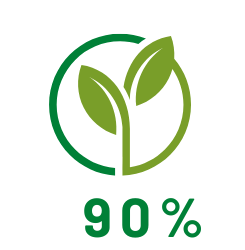Low job control is one of the 14 psychosocial hazards identified in the Model Managing Psychosocial Hazards at Work Code of Practice. But what does it mean?
Low job control refers to situations where workers have little control over how or when their job is done, or where their work is closely managed. It can be evident when workers are not consulted about changes which impact their work, when workers are not permitted to apply their skills or judgment, or when they have little or no say in how the work is performed. There may be a mismatch between the worker’s abilities and their level of role autonomy, or restrictions on their ability to adopt work efficiencies, or adapt their work to changing situations. A lack of influence over their physical environment is also a characteristic of low job control.
Workers who are engaged in low risk or routine tasks may be subject to prescriptive processes and a requirement to obtain sign-off or permission before they can move to their next task. These characteristics of low job control can result in workers feeling stressed, fatigued, undermined or frustrated. They may raise concerns about work processes or decision making.
So what can be done?
There’s a range of control measures for low job control which can be implemented by the Person Conducting the Business or Undertaking (PCBU) related to job characteristics, design and management, and the working environment and equipment. These can include:
· Implementing approval processes which balance risks and efficiencies, such as reviewing and streamlining decision-making processes for routine and low risk tasks
· Supporting workers’ right to disconnect through consultation and identification of alternative solutions
· Clear, open communication processes which encourage consideration of PCBU and worker needs and priorities, feedback, and collaborative decision-making
· Matching worker autonomy to their role, with consideration given to their knowledge and skills eg ensuring supervisors have sufficient autonomy to do their job well
· Designing flexible, responsive processes to support a range of situations which may require different levels of response
· Providing workers with control over their workflow, so they can effectively manage their fatigue and attention
· Ensuring there are easily accessible reporting mechanisms for workers to raise any concerns safely, with a choice whether to be identifiable
Want to know more? Let’s talk. Contact me if you’d like help to review your systems and processes to ensure you’re compliant with the Model Managing Psychosocial Hazards at Work Code of Practice.

